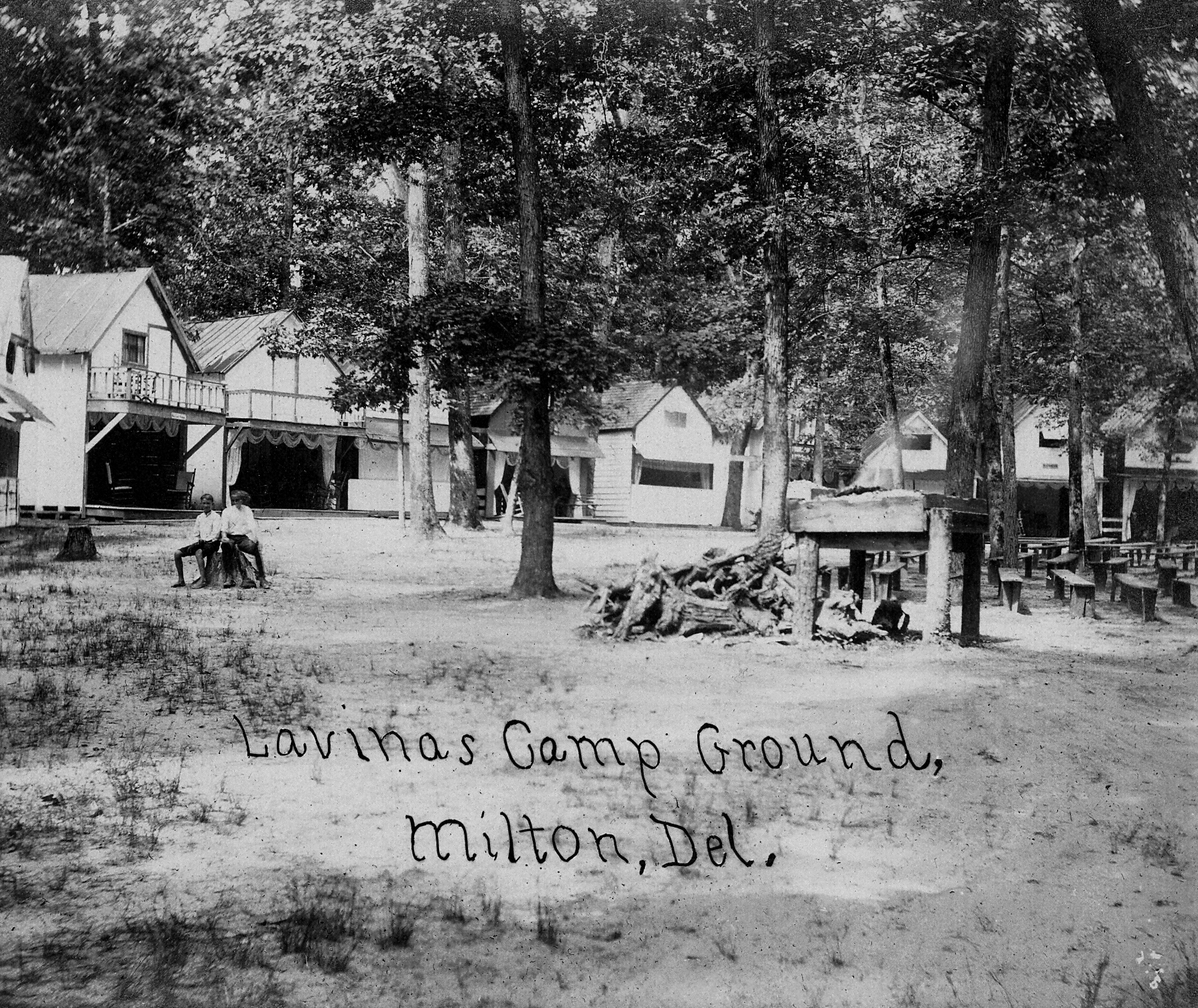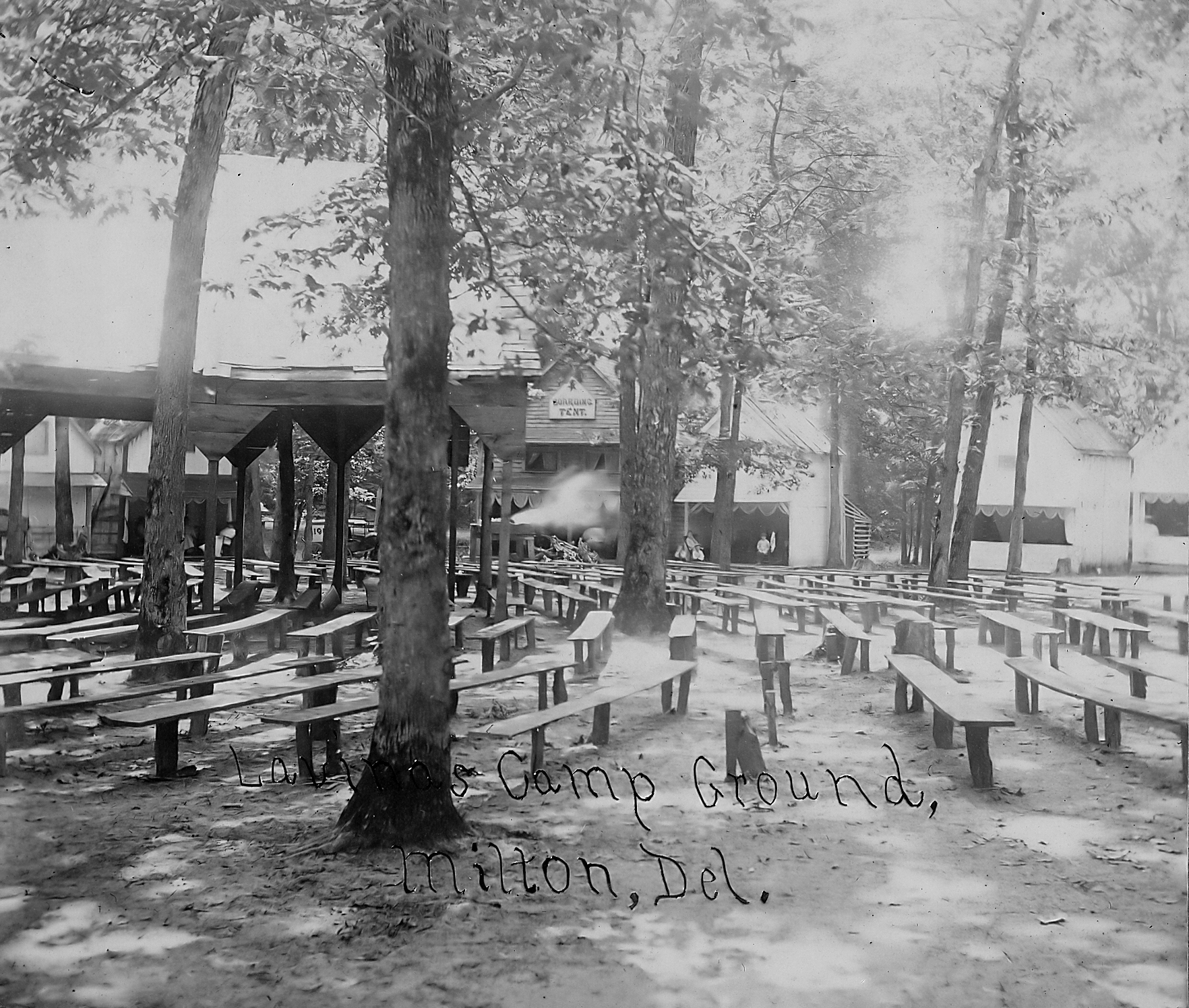LEWES
RESIDENCE OF SIX STATE
GOVERNORS
The Delaware Governors that
had residence in Lewes were David Hall, Daniel Rodney,
Caleb Rodney, Samuel
Paynter, Joseph Maull and Ebe W. Tunnell.
David Hall was born in
Lewes, 4 January 1732, was a lawyer in 1773, also a Captain in the
Continental Service in John
Haslet's regiment during the Revolution, led his company in the
battle of Long Island and White Plains. In 1777 he was commissioned
a colonel and his regiment was part of
the famous Delaware Line.
During the Battle of Germantown he was seriously wounded and unable
to do further service,
returned to Lewes to paractice law. At age 50 he took the position of
the 15th Governor, served the full term, retiring in January 1803.
In 1813 he became a judge of the Court of Common Pleas for Sussex
county, serving until he died September 18, 1817 and was buried in
the Lewes Presbyterian Church Yard.
Daniel Rodney, the 19th
Delaware Governor was born in Lewes, September 10, 1764,
and was engaged in coastal
trade util after the War of 1812 when he settled in his native
hometown,
married the daughter of
Major Hemry Fisher and beame a merchant . He was a judge for the
court of common Pleas for three years after 1817, twice was elected
to Congress and for a short time was U. S. Senator. He was elected
Governor in the fall of 1813. Rodney died September 2 1848 and is
buried in
the Episcopal Cemetery at
Lewes.
Caleb Rodney, Daniels
brother, was born in Lewes, April 29, 1767, and remained a
resident his whole life, then upon the death of Governor John Collins
in April of 1822, became Governor, as Speaker of the House, until
the next January. As a young man he was in the mercantile business
as a wholesale and retail merchant. He als served several terms in
Delaware's Geeral Assembly. He died
in Lewes, April 29 1840,
at the age of 73, and is buried in the Episcopal Cemetery at Lewes.
Samuel Paynter, the 26th
govenor, took office January 1824. He was born in and a resident
of
Drawbridge, in Broadkiln
Hundred where he was a merchant. He too, was a judge for the Court
of Common Pleas in 1818. Twenty years after his term of governor he
was, at age 76, a Representative of the State of Delaware. Paynter
died in 2 October 1845 and was buried in the Episcopal Church Yard
at Lewes.
On the death of Governor
Thomas Stockton, Joseph Maull, speaker of the Senate assumed
the duties of the office and
became the 34th governor of Delaware. After occupying the
office for six weeks he too took ill and died May 3, 1846. He had
been born in Pilot Town on September 6, 1781,
and studied medicine under
Dr. Wolfe a well known practicioner of the day. For many years he
was
a physician in Milton and
Broadkiln Hundred. He was frequently called upon to serve the State
as a member of the General Assembly.
Ebe Tunnell, the 50th
Governor of Delaware in 1896, was born in Blackwater, Baltimore
Hundred, December 31 1844
where he lived got many years as a merchant. In 1873 he mvoed to
Lewes to join his brother in law in the drug business. He as a
member of the State House of
Representatives , elected in
1870. He served a term as Clerk of the Peace for Sussex county and
was a leading and
influential Democrat and was their nominee for governer in 1894 but
was defeated
by a Republican, Joshua
Marvil. Two years later he was renominated and was elected.
Abstract: August 31, 2017.
Source of May 7, 1932, Wilmington New Journal. Harrison H.





